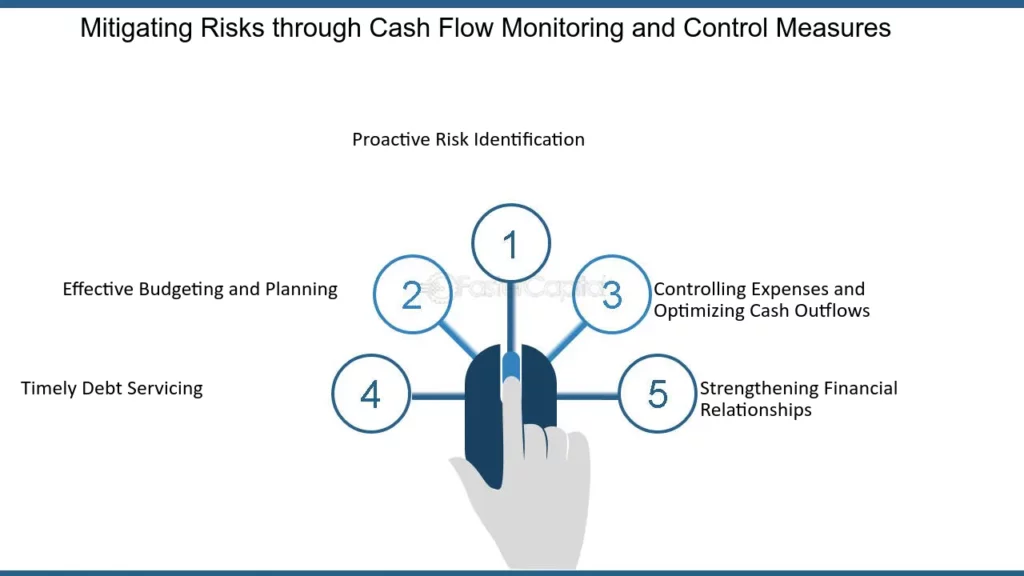Introduction
Setting up your own super fund can feel empowering. More Australians in 2025 are turning to Self-Managed Super Funds (SMSFs) to take control of their retirement savings. But while the idea of managing your own money sounds appealing, many new trustees are caught off guard by the true costs.
That’s because SMSF setup costs are not always straightforward. Beyond the initial setup fees, there are hidden charges, ongoing expenses, and compliance obligations that can quickly add up. Understanding these costs before you begin can save you stress, penalties, and thousands of dollars.
What is an SMSF?
An SMSF is a private super fund that you run yourself, either alone or with up to five other members (often family or business partners). Unlike retail or industry super funds, you choose how your money is invested — property, shares, managed funds, or even alternative assets.
However, with that flexibility comes responsibility. Trustees must ensure the fund complies with ATO SMSF rules, keep accurate records, and arrange for annual audits. Knowing the cost of SMSF setup helps you weigh up whether the benefits outweigh the expenses.
Breakdown of SMSF Setup Costs
ATO SMSF Fees
The ATO supervisory levy is unavoidable. In 2025, it stands at $259 per year and is payable when you lodge your SMSF’s first annual return.
Professional Setup Fees
If you hire an accountant or SMSF specialist to handle the establishment, costs usually range between $1,500 and $3,000. This covers creating the trust deed, registering the fund, and handling ABN/TFN applications.
See more: Expert Tax Planning Services by a Leading Financial Advisor in Sydney
Legal Costs
A well-drafted trust deed is the foundation of your SMSF. Legal fees for preparing or reviewing this document can run from $300 to $700, depending on complexity.
Audit Fees
Every SMSF must be independently audited once a year. Expect to pay $300 to $600 annually for this mandatory step.
Other Administration Costs
Depending on your circumstances, you may also need:
- Actuarial certificates ($100–$300)
- Bank account setup costs
- Investment platform fees
Hidden or Unexpected Costs to Watch Out For
This is where many first-time trustees are caught off guard. Some of the most common hidden expenses include:
- Investment costs: Brokerage fees, property management costs, loan application fees, or stamp duty if buying property within the SMSF.
- Insurance premiums: If you hold life or income protection insurance inside your SMSF, premiums are paid from the fund.
- Compliance penalties: Breaching SMSF rules can result in hefty ATO fines — sometimes running into thousands.
- Ongoing legal updates: If super laws change, you may need to update your trust deed or pay for advice, adding to your annual costs.
These hidden charges mean the cost of SMSF is often higher than the “advertised” setup fee.
Ongoing Costs vs One-Time Setup Fees
When considering SMSF setup costs, it’s important to distinguish between what you’ll pay once and what you’ll pay every year.
- One-time fees: Trust deed, initial professional advice, and registration costs (around $1,500–$3,500 total).
- Ongoing fees: ATO levy, audits, accounting, administration, and investment costs (average $2,000–$5,000 annually).
For this reason, SMSFs are generally recommended for balances of $200,000 or more, where the benefits outweigh the costs.
SMSF Setup Cost Comparison: DIY vs Professional Services
DIY Setup
DIY options are cheaper, starting around $600–$1,000 if you use an online service. But the risk is higher — errors in your trust deed or compliance paperwork can lead to penalties later.

Professional Setup
Working with an accountant, adviser, or SMSF administrator usually costs $2,000–$3,000 upfront. While more expensive, you gain peace of mind that everything is correctly established. For most Australians, this route provides better value long-term.
Is the Cost Worth It? (Benefits vs Expenses)
Whether the fees are worth it depends on your circumstances.
Benefits of SMSFs include:
- Full control over where your retirement money is invested
- Flexibility to invest in assets not available in retail funds, such as property
- Potential tax and estate planning advantages
Drawbacks include:
- Higher annual expenses compared to industry funds
- Time commitment to manage compliance and paperwork
- Financial risk if your balance is too small to justify the costs
For those with larger balances and a keen interest in investing, SMSFs can be worth the expense. But for smaller balances, ongoing SMSF expenses may outweigh the benefits.
How to Reduce SMSF Setup Costs Without Breaking Compliance
It’s possible to keep fees under control without cutting corners:
- Compare SMSF service providers: Costs vary widely between accountants and administrators.
- Bundle services: Some firms offer package deals covering setup, annual returns, and audits.
- Go digital: Online SMSF platforms can provide lower administration fees.
- Stay compliant: Avoid ATO penalties by keeping records accurate and lodging returns on time.
FAQs About SMSF Setup Costs in 2025
1. How much does it cost to set up an SMSF in 2025?
Professional setup usually ranges between $1,500 and $3,500, plus ongoing yearly costs of $2,000–$5,000.
2. What is the minimum super balance for an SMSF?
Experts recommend at least $200,000, otherwise fees may outweigh benefits.
3. Are ATO SMSF fees optional?
No. The $259 annual levy is compulsory for all SMSFs.
4. Can I avoid audit fees?
No, annual audits are mandatory. Expect to pay $300–$600 per year.
5. What happens if I miss compliance requirements?
You could face fines, disqualification as a trustee, or even legal action from the ATO.
Final Thoughts / Key Takeaways
Setting up an SMSF in 2025 offers control and flexibility, but the SMSF setup costs are often higher than many expect. Beyond the obvious fees, there are hidden charges, ongoing expenses, and strict compliance rules that can make running an SMSF expensive.
Before you commit, carefully weigh the benefits against the costs, and consider whether your super balance justifies the expense. For most Australians, seeking professional guidance is the best way to avoid costly mistakes.
💡 Thinking of setting up an SMSF? Talk to a licensed accountant or adviser first, compare providers, and make sure you’re fully across the true costs before you start.

